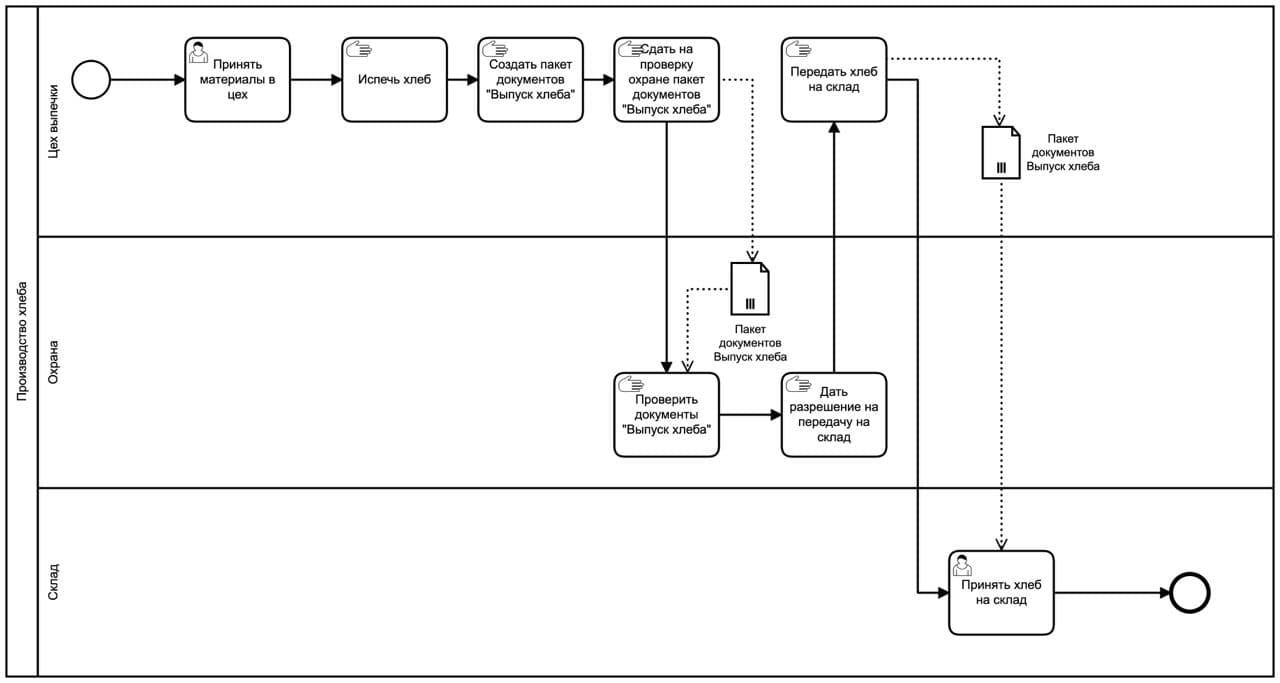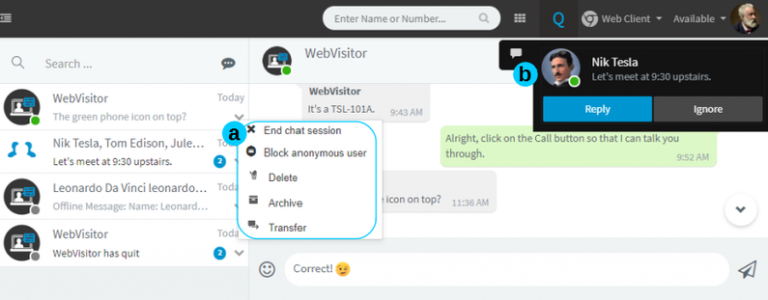Description of business processes As is (AS IS) and As should be (TO BE)
If you are doing business analysis or are a business analyst, you most likely faced the requirement to describe the business process in AS IS format. You will find what it is and a practical example of using the approach in this article.
When I myself studied business process modeling in reengineering, I met two concepts in all textbooks – AS IS and TO BE. And all the authors wrote that first it is necessary to draw up the notation AS IS (literal translation – “as is”), i.e. how the system works at the present time, and only then start the modernization process, i.e. create TO BE notation.
Simply put, first you should study how an enterprise or department is working now, make a description of the business process, and only then, based on the AS IS notation, start optimization. But all these theories are good when there is something to describe according to the “As is” scheme. In reality, the situation is often different.
There is nothing to describe
If the company has not previously optimized business processes, and this is a common situation, there are no clear instructions, then each of the employees will work in their own way.
There is nothing unusual here. Each person thinks a little differently, each has his own experience behind him. As a result, we all tend to perform even the simplest tasks in different ways.
For example, the process of reconciling an account can be very different even within one organization. Someone will first go to the head of the department, and someone will go straight to the accounting department to sign an invoice.
Even brighter, in the same sales, the difference between actions when working with leads is noticeable:
– One manager will send a price list or a commercial offer and calm down on this.
– The other will first call, clarify everything.
– The third will seek a personal meeting even where one can perfectly do without it.
Their task is to process leads and make a sales plan. Perhaps there is even a list of recommendations on how best to do this. But there is no single system. And people begin to disrupt the sequence of actions, to act at their own discretion, etc.
Even in the presence of job descriptions, in reality they are often forgotten by everyone, and employees work “as they are used to”. As a result, we see that AS IS systems, i.e. “As is” does not exist. There is no single system by which people actually work. And, in fact, there is nothing to describe.
You can of course try to compose the AS IS model from the instructions. But it will not reflect reality, because they are massively violated. You can interview employees, but any of the models will reflect the work of only a part of people or something “average” that will not have any relation to reality at all, since they all work in a similar way, but not like that.
There is no need to describe
Another important aspect that I encountered in practice. That the company is doing something wrong, everyone has long guessed. Otherwise, you, as a specialist, would not have been invited. And you are not expected to describe existing problems, they are often clear enough. Decisions are expected from you – how to work.
Most often, clients expect a business consultant to come, take a look around, interview people, and then give recommendations on how to do it to solve existing problems. Those. people don’t need “As is” notation. They immediately want to see “How It Should Be”.
Why create AS IS notations?
You can create AS IS notations for yourself, it can even be convenient and useful. In the end, graphics help to streamline thoughts, to figure out more precisely for yourself what is happening and how. However, the recommended sequence of actions indicates the mandatory step of providing this notation to the client.
For a business consultant, this approach is beneficial from a financial point of view. The large amount of work increases the cost. But does the customer need it? He himself knows that the company is somehow working, because the business is profitable, etc. He does not hire you so that for their money you explain to them what kind of work scheme they themselves have organized. They want to see the result from an expert, i.e. circuit that will work best.
A reasonable question arises. And how, without describing what is, can you give recommendations on what needs to be changed? But you are a specialist, an expert in your field of activity, that’s why they called you because they believe, you will figure it out and be able to give the correct result.
You will of course keep your records. It is quite possible that you even format them in the form of notation, as described in the textbooks. You can use these records to clarify some points in the work of the company. But you need this stage, not the customer.
Therefore, it makes no sense to spend time and energy on drawing up a full-fledged AS IS notation with accompanying documentation, including this stage in the work plan, etc. If your client does not expect this stage from you without fail, which sometimes happens in large business or in in cases where customers have also read the same textbooks, provide a solution right away – TO BE. You have to be on the client’s side and give them what they really need. This is a productivity approach.
Example of using AS IS and TO BE notation
I collaborated with a bakery, which has a baking workshop, a warehouse and a security unit. When drawing up the AS IS notation, it became obvious that the participation of the guards in the baking process was absolutely unnecessary.

What the process looks like:
Employees take materials to the shop. The operation is performed manually, the moment of acceptance of any documents is not reflected here.
They bake bread. This stage is also not reflected in the IT system. They bake the bread by hand on equipment that is not connected to the system.
Make up a package of documents “Bread production”. Exactly how these documents look is irrelevant in this case.
Bread is released.
Then they must hand over the received batch and documents to the guards.
The guards check the party and give permission. Moreover, permission is always given, so what can the protection do? Make sure there is bread in the batch. Maximum – count its number
The guards issue a permit.
The baking shop transfers the consignment to the warehouse.
The warehouse accepts the goods.
In fact, the stages associated with the actions of the guards do not make much sense, since the guards did not take any specialized courses, they do not understand bread at all. Therefore, the guards cannot check anything except the quantity. But the quantity is checked again later at the warehouse.
Obviously, for optimization, it is necessary to remove the participation of guards in the process, and to carry out control by other methods. At the same time, the security will work at the enterprise, perform perimeter control, entrance control, etc. But in this process, she is not needed.
The TO BE process will be like this:
Employees take materials to the shop. The operation is performed manually, the moment of acceptance of any documents is not reflected here.
They bake bread. This stage is also not reflected in the IT system. They bake the bread by hand on equipment that is not connected to the system.
Make up a package of documents “Bread production”. Exactly how these documents look is irrelevant in this case.
Bread is released.
The baking shop transfers the consignment to the warehouse.
The warehouse accepts the goods.




